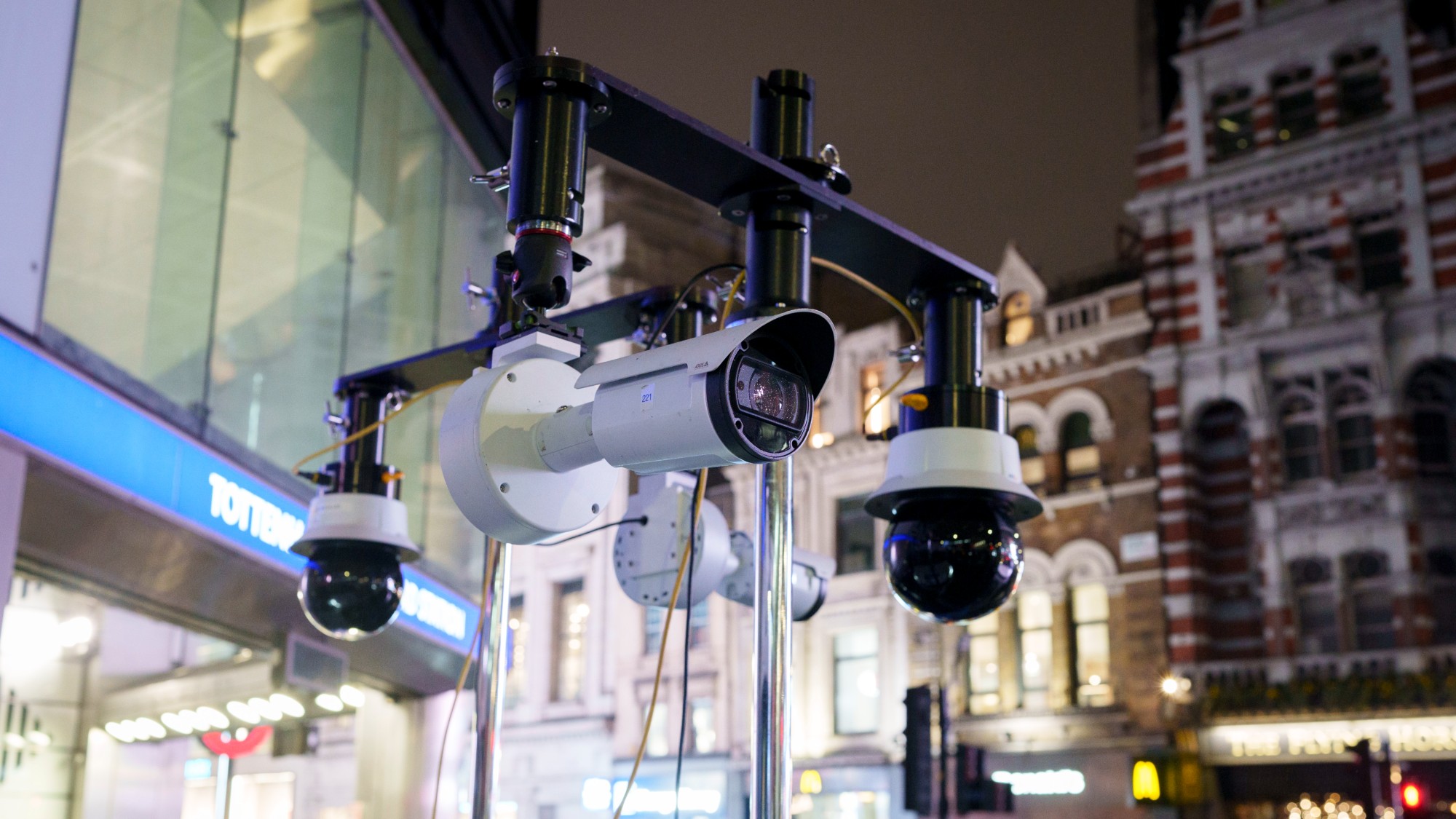The future of artificial limbs
The past decade has seen huge leaps in prosthetics. How far will the technology take us?

What's driven the advances?
A combination of modern technology and the horrors of war. Since ancient times, combat injuries have forced doctors and inventors to create replacements for missing body parts, ranging from metal hooks to wooden legs. During the wars in Iraq and Afghanistan, improvements in body armor, triage, and surgical techniques meant that wounded soldiers were three times more likely to survive than casualties in Vietnam. As a result, about 1,800 vets came home with one or more missing limbs, prompting the government to begin investing heavily in improving those soldiers' lives. The U.S. Defense Department's Defense Advanced Research Projects Agency (DARPA) has spent $144 million since 2006 on prosthetics research and development, a project labeled "the Manhattan Project of prosthetics." "Our goal has not been just get out of bed and walk," said Paul Pasquina, chief of orthopedics at the Walter Reed National Military Medical Center, "but to get out of bed and thrive."
What can the new prosthetics do?
The Week
Escape your echo chamber. Get the facts behind the news, plus analysis from multiple perspectives.

Sign up for The Week's Free Newsletters
From our morning news briefing to a weekly Good News Newsletter, get the best of The Week delivered directly to your inbox.
From our morning news briefing to a weekly Good News Newsletter, get the best of The Week delivered directly to your inbox.
They are getting closer and closer to approximating the function of human limbs. "Myoelectric" hands have movable fingers that grip and gesture naturally, and move in two dozen ways in response to tiny muscular movements in the residual limb. Prosthetic legs — once clumsy, heavy, and wooden — are now light and agile and come with gyroscopic knees that flex and extend, allowing users to climb stairs and ride a bike. These state-of-the-art legs take in data on how the wearers walk and build algorithms to anticipate their intentions, so as to move more smoothly. Advances in materials have made limbs lighter and easier to use, and they can be covered in flesh-colored silicone "skin" that looks so natural it even comes with freckles.
How does that affect users?
Amputees are now able to live much fuller and more active lives than ever before. Prior to his sensational murder trial, South African sprinter Oscar Pistorius, whose legs were amputated below the knee when he was a baby, was beating able-bodied runners and competing with Olympic athletes. Some competitors even complained that his carbon-fiber prosthetic "blades" gave him an unfair advantage over able-bodied runners. In recent years, more than 300 military amputees have returned to active duty, including 53 who went back to serve in Iraq and Afghanistan. "The technology is there to get you back where you used to be," says Army Staff Sgt. Billy Costello, who lost his right leg to an IED in 2011. "You just have to make calls to see who's done what already."'
What's the next challenge?
A free daily email with the biggest news stories of the day – and the best features from TheWeek.com
To develop devices that will allow these mechanical appendages to be directly controlled by the user's thoughts. That frontier is already being explored. In 2011, Cathy Hutchinson, a 58-year-old stroke victim and quadriplegic, commanded a robotic arm to pick up a container of coffee and bring it to her lips just by thinking about it. It was the first time in 15 years that she was able to drink without assistance. "The smile on her face was something I will never forget," said Leigh Hochberg, a member of the research team. The technology, which uses a microelectrode implanted in the motor cortex to interpret brain activity, requires subjects to be hardwired to external computers. But devices currently in development may soon allow for the entire process to happen inside a person's body.
How will that work?
Prosthetics are being engineered to respond to nerve signals. This new technique, called targeted muscle reinnervation surgery, utilizes functioning muscles like the thigh or pectorals, and sends signals from the brain to the bionic limb, a process known as brain-machine interface, or BMI. A DARPA-funded program has spent $71.2 million since 2009 on BMI-related projects, with the goal of transforming prosthetic limbs into an extension of a patient's own flesh. The redirected nerves not only enable movement by thought — they enable amputees to "feel" objects through their prosthetics. "I could feel round things and soft things and hard things," says Dennis Sørensen, a 36-year-old from Denmark who recently tested a prototype of an artificial hand. "It's so amazing.''
What does the future hold?
Truly bionic human beings — part flesh, part machine. Experts say that 50 percent of the human body is currently replaceable with artificial implants and advanced prosthetics. Mechanical organs, including the heart, lungs, pancreas, spleen, and kidneys, either currently exist or are in advanced stages of development. Many electronic implants, like pacemakers and hearing aids, already control, restore, or enhance normal body functions. In coming decades, said Andy Miah, director of the Creative Futures Institute, prosthetics will be able to do far more than just replace body parts lost to injury, disease, or age — they will extend the boundaries of what humans can do. "These technologies don't just repair us, they make us better than well," Miah said. "The human enhancement market will reveal the truth about our biological conditions — we are all disabled."
The real Iron Man
Films such as Star Wars, RoboCop, and The Matrix depict a world where people and their machines are completely merged. Futurists and researchers in prosthetic technology say that nearly everything depicted in these films is possible; indeed, current advances in robotics, neuroscience, and microelectronics are bringing the visions of science fiction closer to reality every year. Over the next two decades, scientists expect to introduce bionic appendages that respond to thoughts, and chips implanted in the brain with the potential to download data directly into human memory banks. This summer, the military plans to test the Tactical Assault Light Operator Suit (TALOS), which will encase soldiers in a powered exoskeleton with bulletproof body armor, a built-in weapon, and computer-generated "situational awareness displays." It won't fly like Iron Man, but William McRaven, chief of the U.S. Special Operations Command, said the suit "will yield a revolutionary improvement in survivability and capability" for warriors and "a huge comparative advantage over our enemies."
-
 Heavenly spectacle in the wilds of Canada
Heavenly spectacle in the wilds of CanadaThe Week Recommends ‘Mind-bending’ outpost for spotting animals – and the northern lights
-
 Facial recognition: a revolution in policing
Facial recognition: a revolution in policingTalking Point All 43 police forces in England and Wales are set to be granted access, with those against calling for increasing safeguards on the technology
-
 Codeword: December 14, 2025
Codeword: December 14, 2025The daily codeword puzzle from The Week